The 1973 theft of George Harrison’s Gibson Les Paul, Lucy, sparked a days-long chase that spanned two countries, aired on television, and led to the divisive sale of what historians would later call the “ransom guitar.” From its creation at the Gibson factory in Kalamazoo, Michigan to its brief stint in Guadalajara, Mexico, over 2,000 miles away, the Les Paul’s adventure in the early 1970s was just one facet of its impressively star-studded lifespan.
Videos by American Songwriter
The story also goes to show the power of negotiating when you have the upper hand—or, in this case, the rare late ‘50s Gibson of a former Beatle.
The Long History Of George Harrison’s Stolen Les Paul, Lucy
In 1973, a burglar broke into George Harrison’s Beverly Hills home and stole his prized Gibson Les Paul. (Harrison affectionately named it Lucy after the famously red-headed actress, Lucille Ball.) As a former Beatle and then-prolific solo artist, Harrison’s star power alone would be enough to imbue the guitar with tremendous value. But amazingly, Harrison wasn’t the only rock star who owned the unique instrument. Its first owner was John Sebastian of the Lovin’ Spoonful. He later gifted his guitar to Rick Derringer of the McCoys. Derringer ended up selling the guitar to Dan Armstrong Guitars in New York City’s Greenwich Village, where Eric Clapton bought it.
Clapton used the guitar sparingly in the months that followed. By 1968, he opted to gift the guitar to his friend and colleague, Harrison. The Les Paul quickly became the Quiet Beatle’s go-to instrument for many of the Fab Four’s late 1960s tracks. Interestingly, Clapton would reunite with his old axe during a Beatles session when he came in to track the powerful guitar solo on “While My Guitar Gently Weeps.”
“[George] picked me up from where I was living in London and said, ‘We’re going to go over to the studio. Do you want to come along?’” Clapton recalled in a 2013 interview with Guitar Center. “He said, ‘Well, I want you to play on something.’ I didn’t have a guitar because I just got in the car with him. He gave me this to play,” gesturing at the Gibson sitting on his lap. Harrison continued to play the Les Paul after the Beatles broke up until the 1973 theft.
The International, Televised Chase For The Ex-Beatle’s Beloved Guitar
Upon realizing that his precious Gibson Les Paul, complete with its late 1950s-specific PAF humbuckers and an SG red finish from its previous owner, Rick Derringer, had been taken from his southern California home, George Harrison immediately began his search for the lost instrument. He eventually traced the guitar to Whalin’s Sound City on Sunset Boulevard in Hollywood. Typically, a music store is supposed to wait 30 days before selling inventory they bought off the street to ensure the merchandise isn’t stolen. For whatever reason—likely the allure of a hefty sale—Whalin’s went against this rule and sold Harrison’s guitar to a Mexican musician, Miguel Ochoa.
In a 1989 interview with Guitar Player, Harrison recalled tracking down Ochoa. “I called him up and said, ‘That’s my guitar. I want it back, and I’ll give you your money back.’ He said, ‘How do I know it’s really you?’ I said, ‘Okay, I’ll meet you.’ A meeting was arranged. But the guy just took off, jumped in a car, and drove to Guadalajara and kidnapped my guitar.” Fortunately, Harrison’s good friend and former sitar mentor Ravi Shankar was in Guadalajara for a television appearance. Shankar capitalized on the opportunity to get the word out about the missing instrument. Shankar announced that Harrison was looking for his guitar and read Ochoa’s name on-air.
Harrison and Ochoa reconnected, and Ochoa gave the ex-Beatle his proposal. He would return the guitar. But he wanted Harrison to replace the instrument Ochoa believed he paid for fair and square. Harrison obliged, purchasing a sunburst ‘58 Les Paul from Norman’s Rare Guitars and giving it to Ochoa in exchange for Lucy. The “ransom guitar,” as it came to be known, sold for a staggering $312,500 when it was up for auction in 2022.
Photo by Steve Morley/Redferns

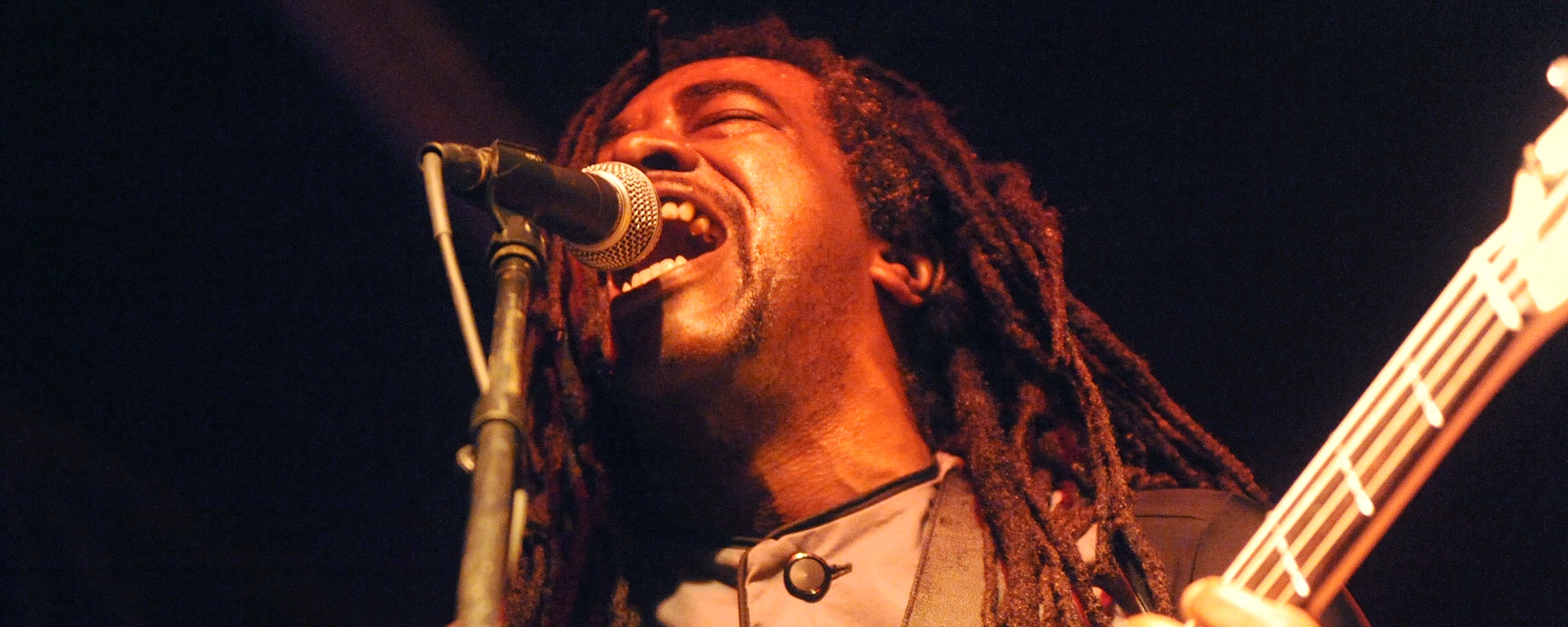
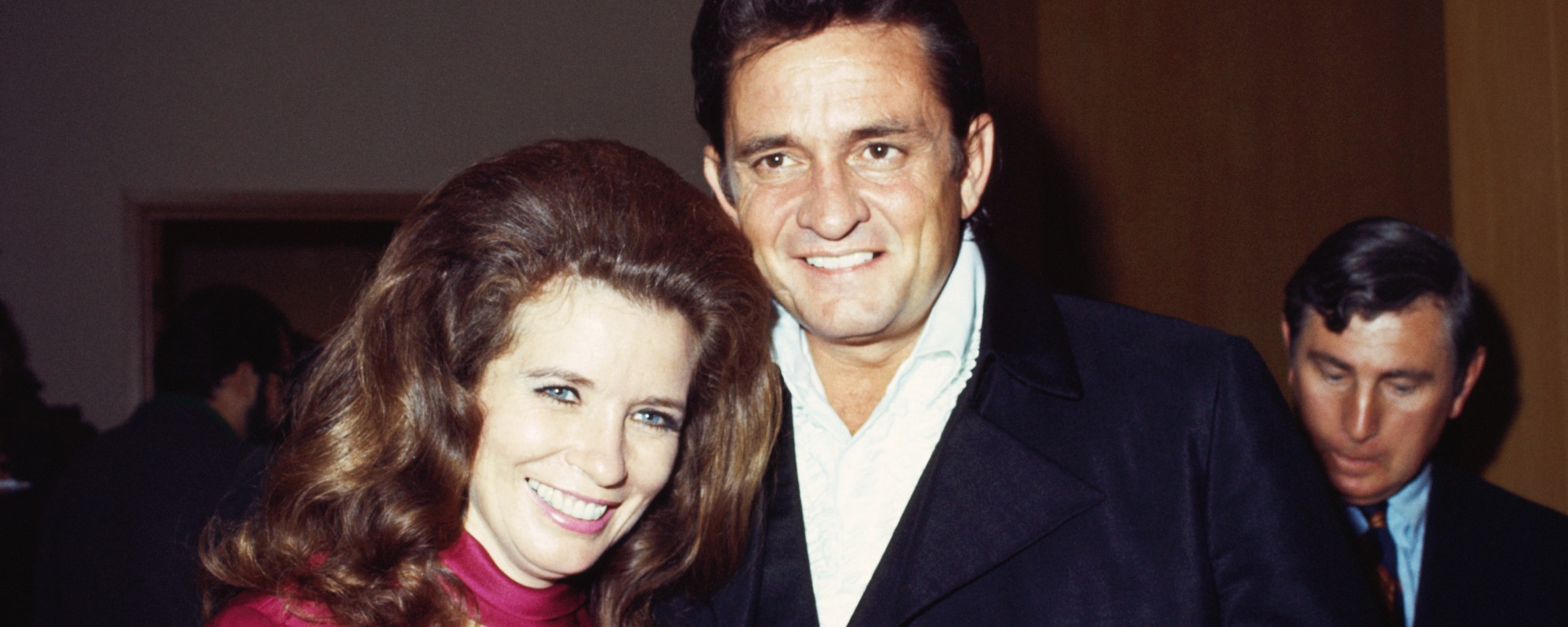
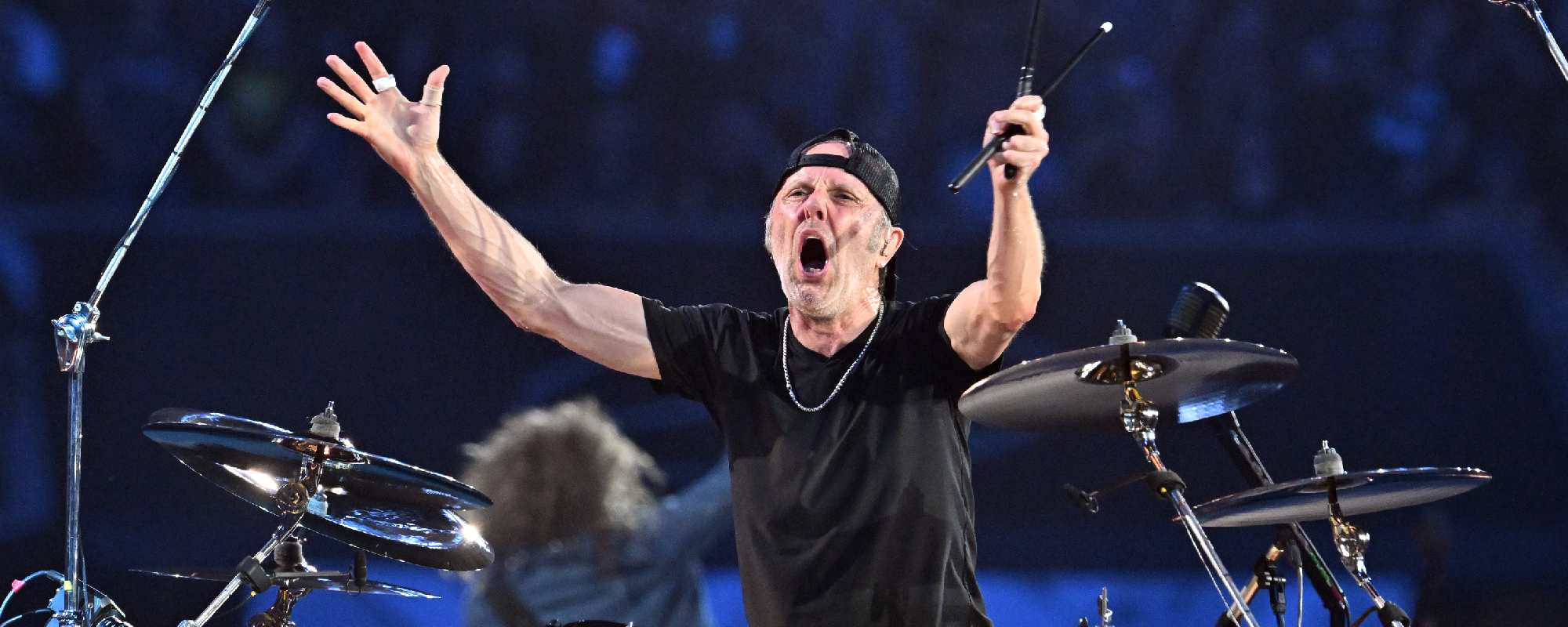




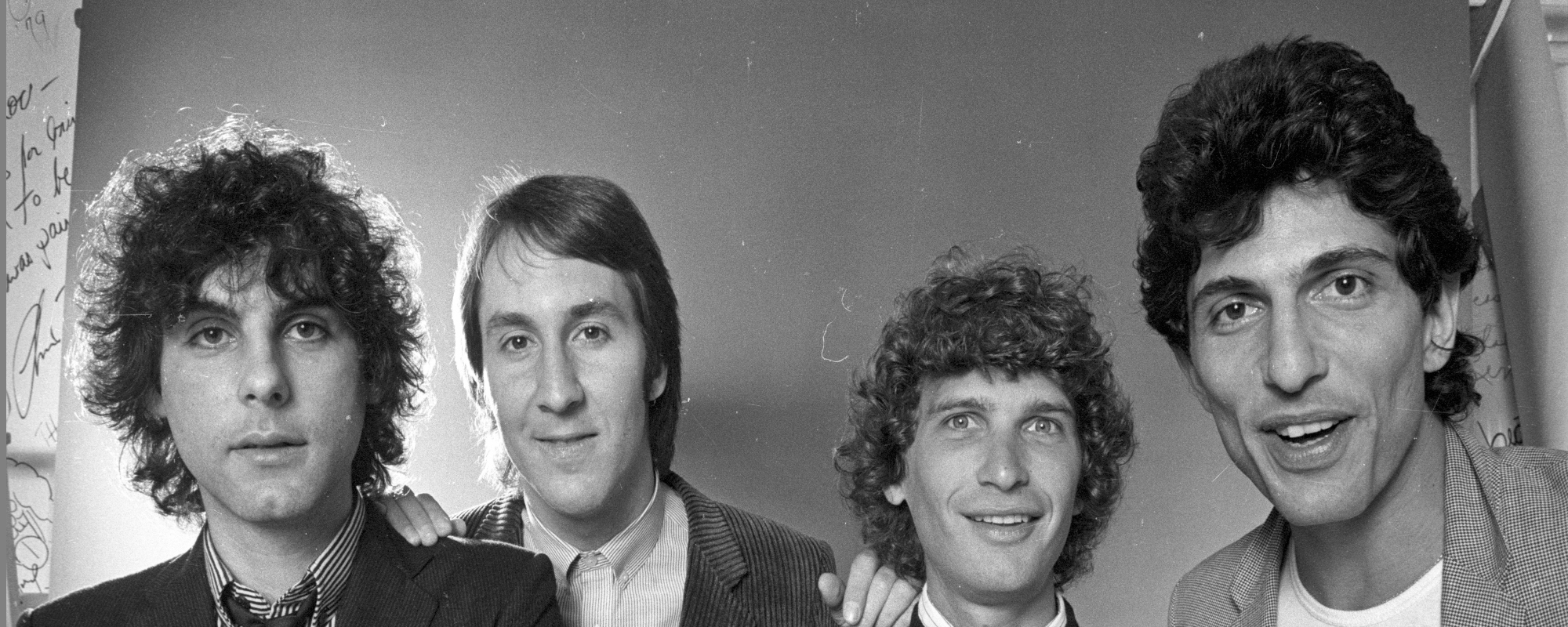
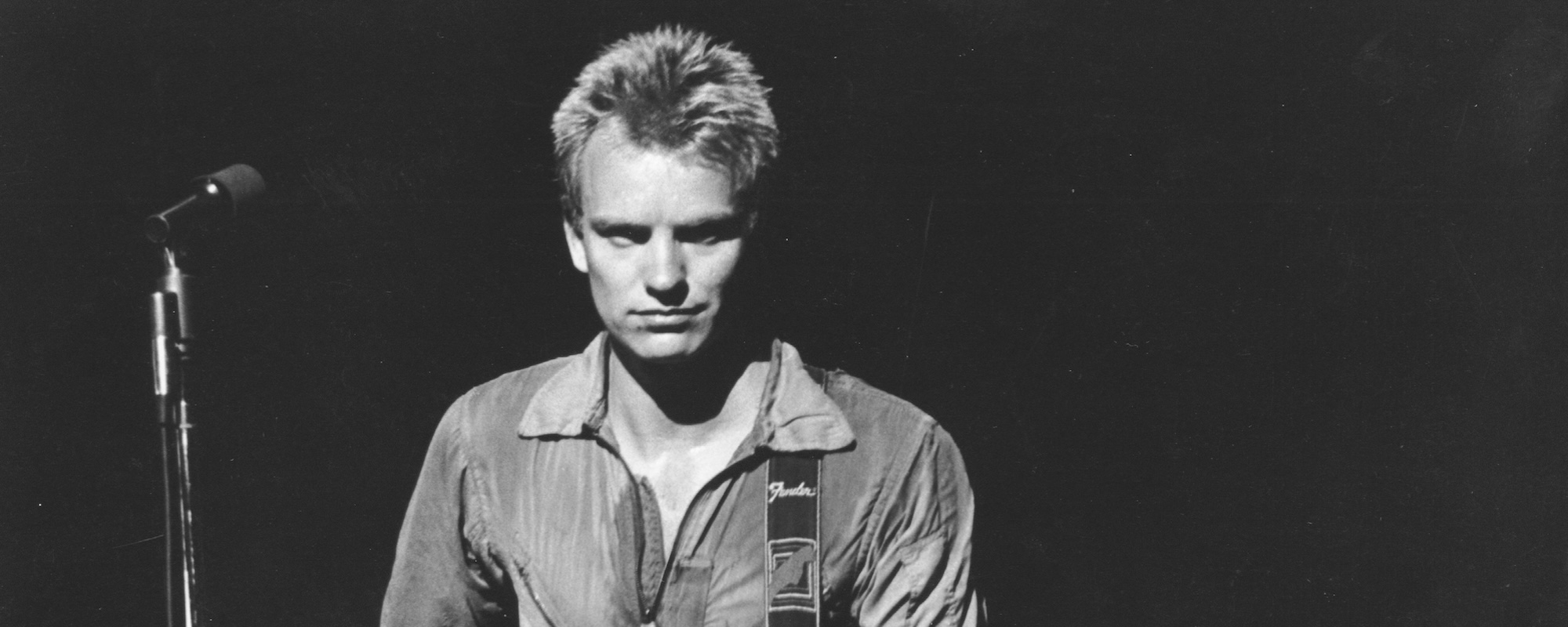
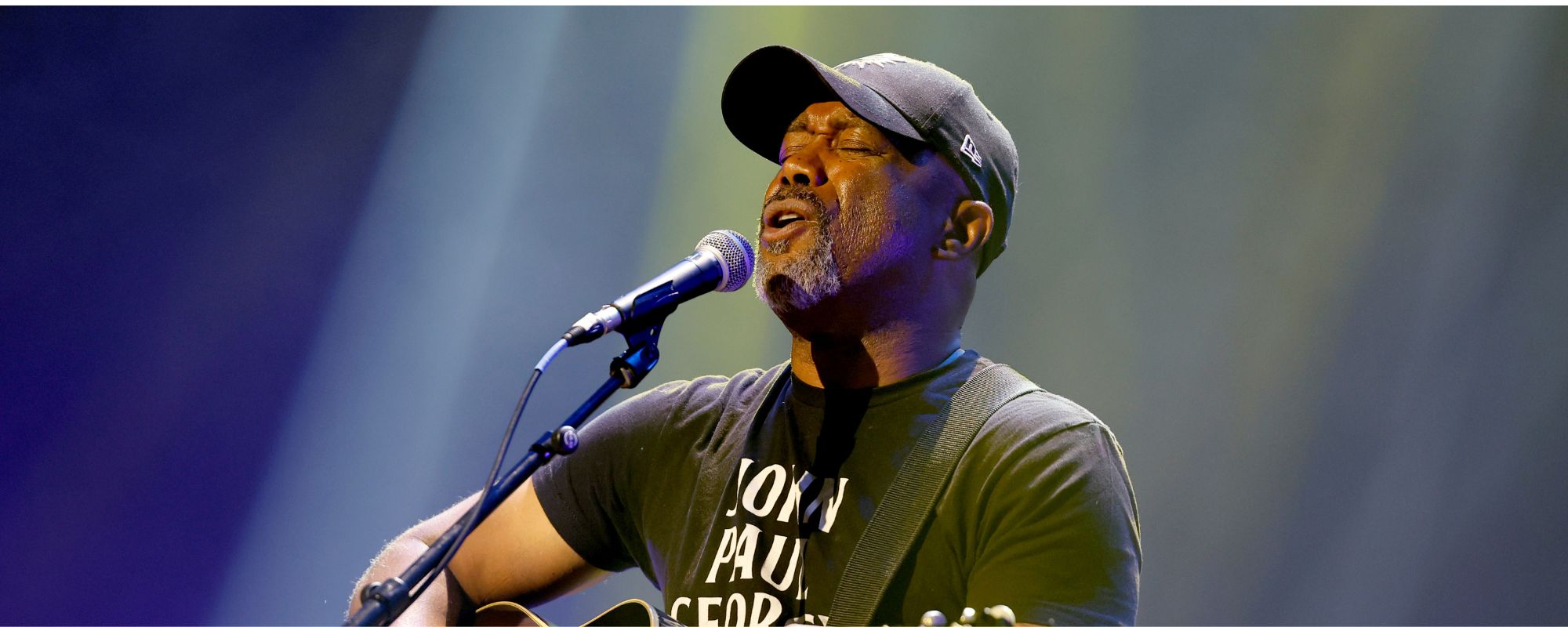
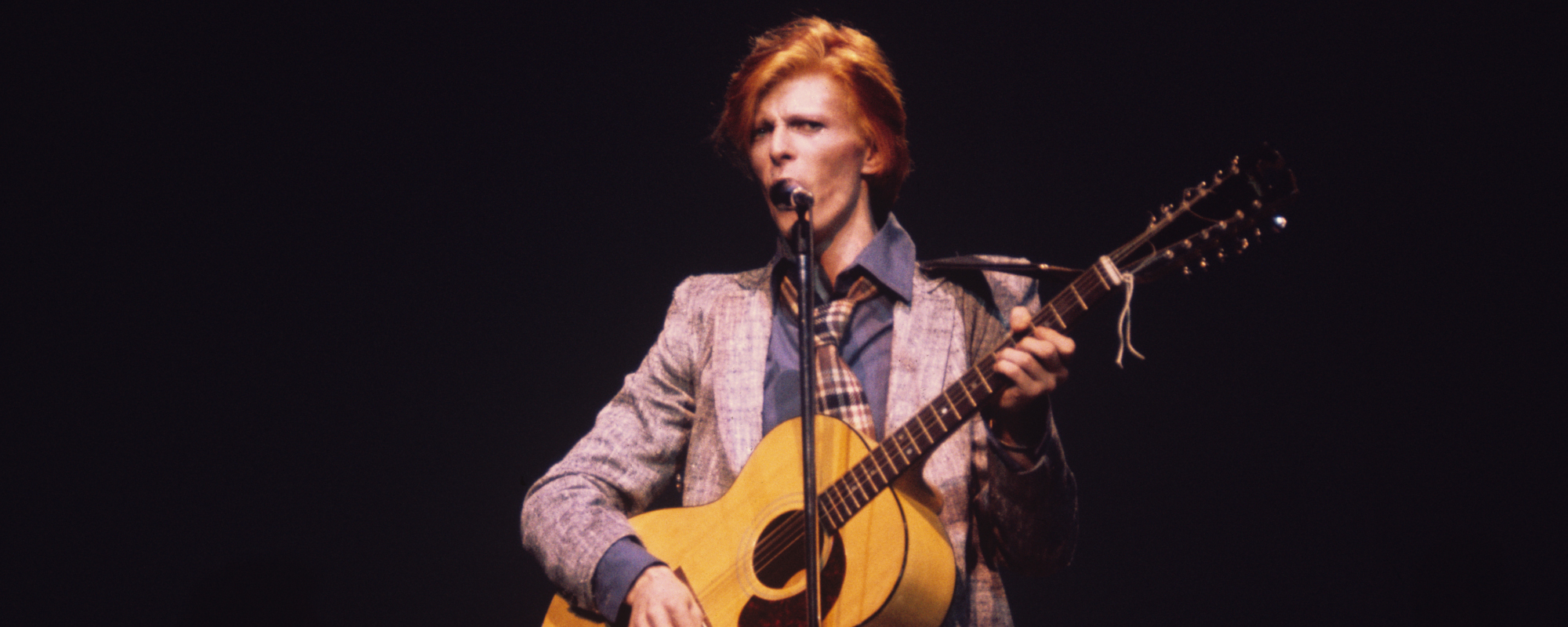
Leave a Reply
Only members can comment. Become a member. Already a member? Log in.